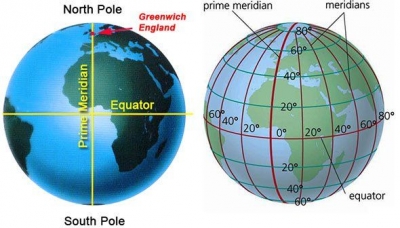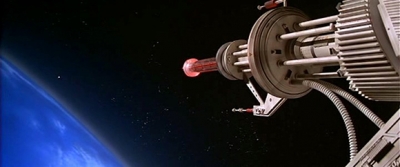
| Earth is always tilted the same direction as it orbits the Sun. So when Earth is on one side of the Sun, the northern hemisphere is tilted closer towards the Sun, making it warmer. At the same time, the southern hemisphere is tilted away from the Sun, and is, therefore, colder. When Earth reaches the other side of the Sun, it is the opposite, so it’s winter in the northern hemisphere and summer in the southern. |
Seasons happen at different times in different parts of the world. The tilt of the Earth doesn’t change as it rotates around the Sun. But the part of the planet that gets the most direct sunlight does change.
The Northern Hemisphere is tilted away from the Sun from September to March. That means the northern half of the planet doesn’t get as much light and heat from the Sun. This causes autumn and winter. During the same months, the Southern Hemisphere is tilted towards the Sun. That means the southern half of the planet gets spring and summer.
From March to September, the Northern Hemisphere is tilted towards the Sun. So that’s when the northern half of the Earth experiences spring and summer. During the same months, the Southern Hemisphere experiences autumn and winter.
Other planets also have seasons. But the length and intensity of each season varies from planet to planet.
- On Earth, seasons last between 90 and 93 days.
- On Venus, seasons last between 55 and 58 days.
- On Mars, seasons change about once every six months. Summer lasts 199 days and winter lasts 146 days.
- On Saturn, seasons last about seven years.
- And if you lived on Neptune, you would have to wait more than 40 years for the seasons to change!
Credit: Let’s talk Science
Picture credit: Google



